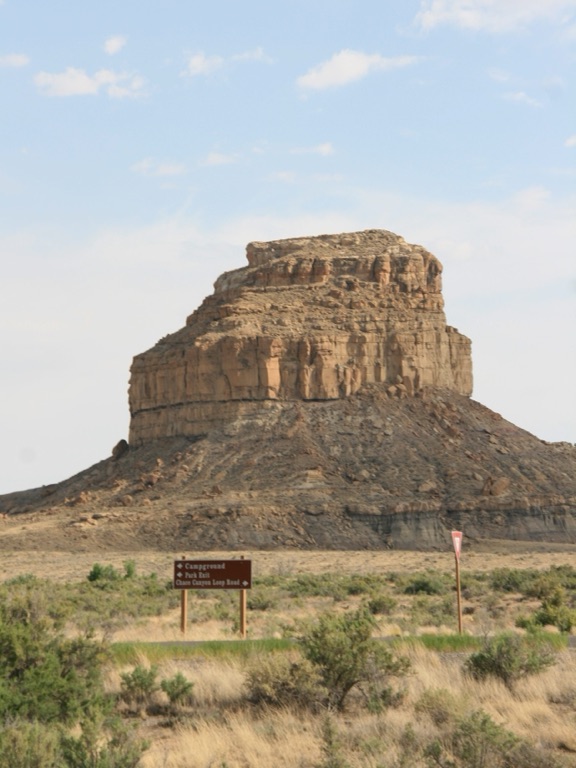Historical Background of Fajada Butte Sun Dagger
Fajada Butte in Chaco Culture National Historical Park stands as a monument to the sophisticated celestial knowledge of the ancestral Puebloans. These native people inhabited what is now the American Southwest over a thousand years ago. Their understanding of solar and lunar cycles is evident at the butte. Carefully arranged stones on the cliffs cast shadows, or ‘sun daggers’, over spiral petroglyphs. These mark the passing of solstices and equinoxes, reflecting a complex timekeeping system.
Get your dose of History via Email
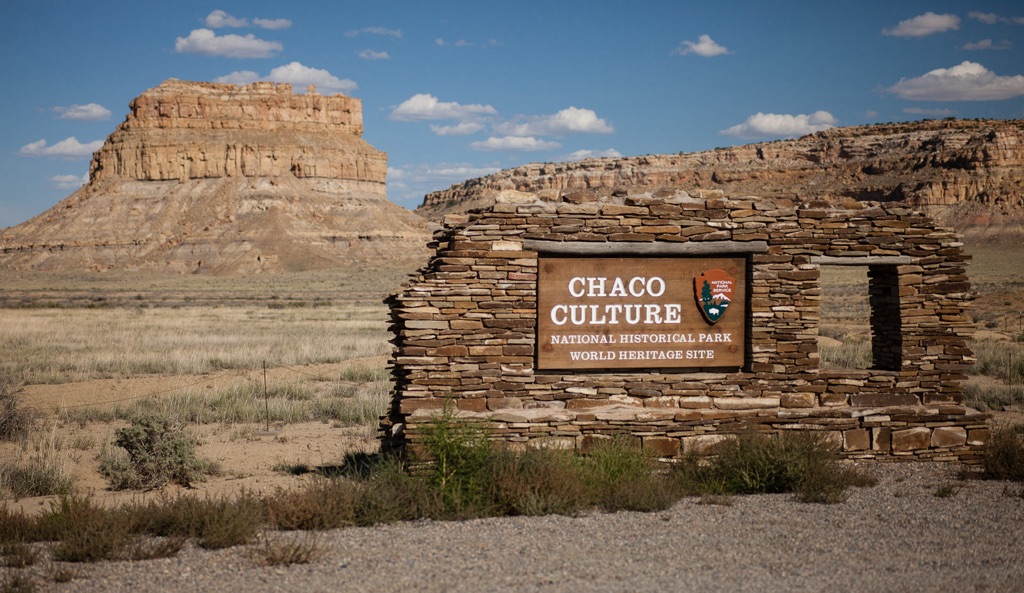
Understanding the Sun Dagger Phenomenon
The Sun Dagger is more than a unique rock formation. It is a sophisticated astronomical marker. Its discovery in the 1970s opened a window into the lives of the Chacoans. The two spirals carved into the rock serve as canvases for the play of light and shadow. They tell us about the Chacoans’ relationship with the cosmos. These shadows align with celestial events, highlighting their knowledge and relevance to the Chacoan calendar and agriculture.
The Cultural Significance of Fajada Butte
For the Chaco culture, Fajada Butte was more than an astronomical observatory. It likely played a vital role in their religious and social rituals. The presence of the Sun Dagger indicates the importance of celestial events in their daily life and decision-making processes. It was also possibly a pilgrimage site, gathering individuals from across the region to witness the solar events.
Not only is Fajada Butte an archeological marvel, but it’s also a testament to human ingenuity and adaptation to the environment. Efforts to preserve the site are ongoing, as it offers invaluable insights into the technology and spiritual life of the ancient Puebloans. We remind visitors to approach the area with respect for its historical and cultural significance.
Accessible to visitors by the park’s trails, Fajada Butte remains a source of fascination and study for both archaeologists and astronomy enthusiasts alike. Continuing research aims to further uncover the depths of knowledge held by the Chacoan people, as well as the practical applications of their solar observations.
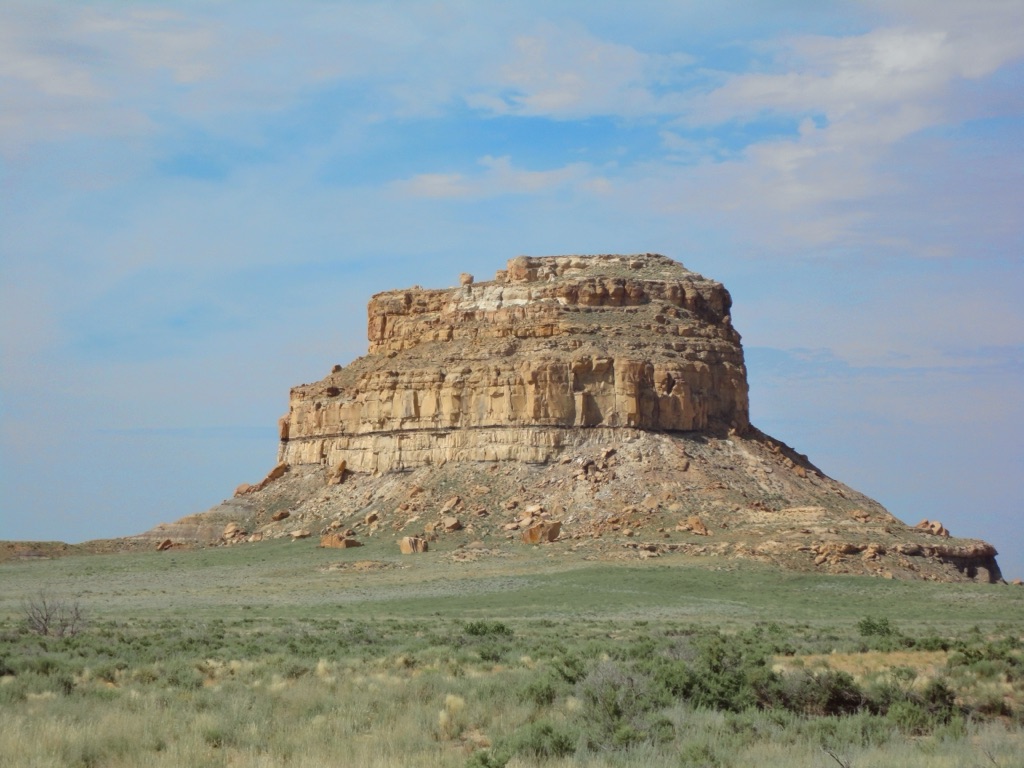
The Discovery of Fajada Butte Sun Dagger
First Glimpse into the Ancient World
The Fajada Butte Sun Dagger was uncovered by chance in 1977, when artist Anna Sofaer visited the site for the purposes of rock art documentation. Unexpectedly, she observed a sliver of light bisecting a spiral petroglyph—a phenomenon that would later become known as the Sun Dagger. Sofaer’s keen eye thus led to the revelation of one of the most compelling archaeological finds of the 20th century, one that has reshaped our understanding of the ancestral Puebloan civilization.
Significance and Initial Studies
Realizing the potential significance of her finding, Sofaer formed the Solstice Project to study the site scientifically. Collaboration with esteemed astronomers and archaeologists followed. Together, they established that the spirals acted as a calendar, marking solstices and equinoxes with precise light and shadow interactions. This finding drew significant attention from the academic community and shed new light on the depth of ancestral Puebloan astronomy.
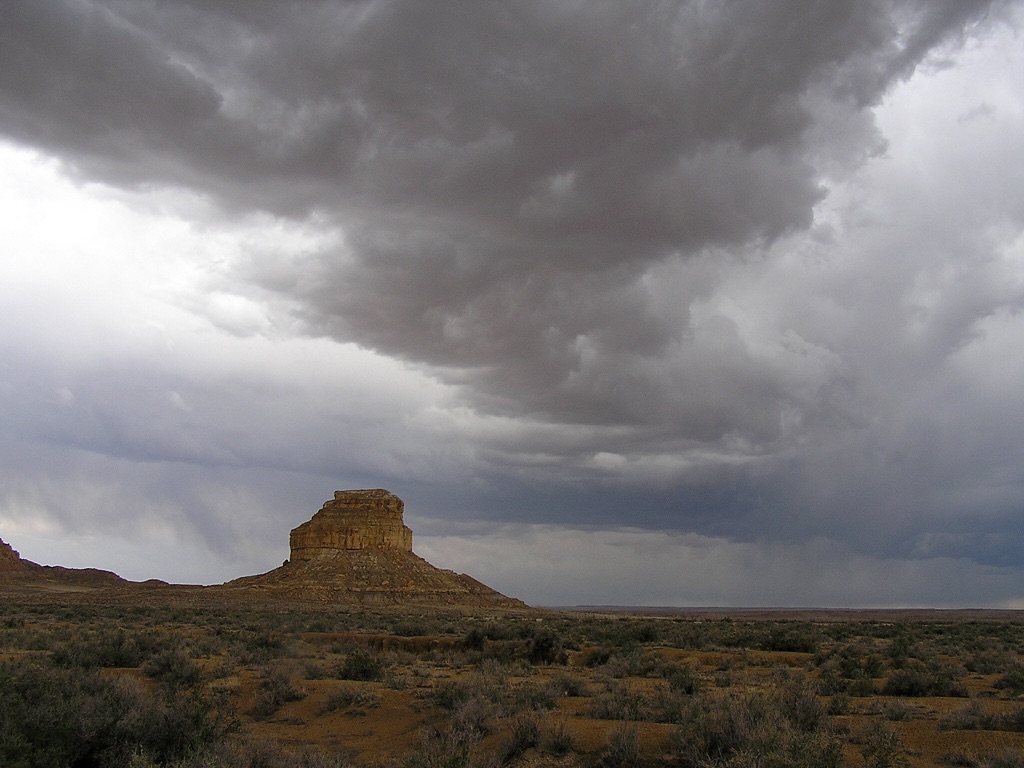
Protecting the Integrity of the Discovery
The revelatory nature of the Sun Dagger attracted not only scholarly interest but also public fascination. To protect the delicate site, the National Park Service restricted access to the butte, allowing for study and preservation. The Fajada Butte Sun Dagger thus introduced crucial conversations on how to balance exploration and conservation, an ongoing challenge within the field of archaeology.
Research demonstrated that the Sun Dagger’s alignment was no coincidence. It was a deliberate construction, showcasing the ancestral Puebloans’ dedication to observing the cosmos. Their technology was organic, using the natural environment to create a meaningful and functional celestial observatory.
This accidental discovery by Sofaer opened the door to remarkable insights into ancient North American cultures. It serves as a reminder that history is full of hidden treasures, waiting for a fortunate encounter to reveal their secrets to the world.
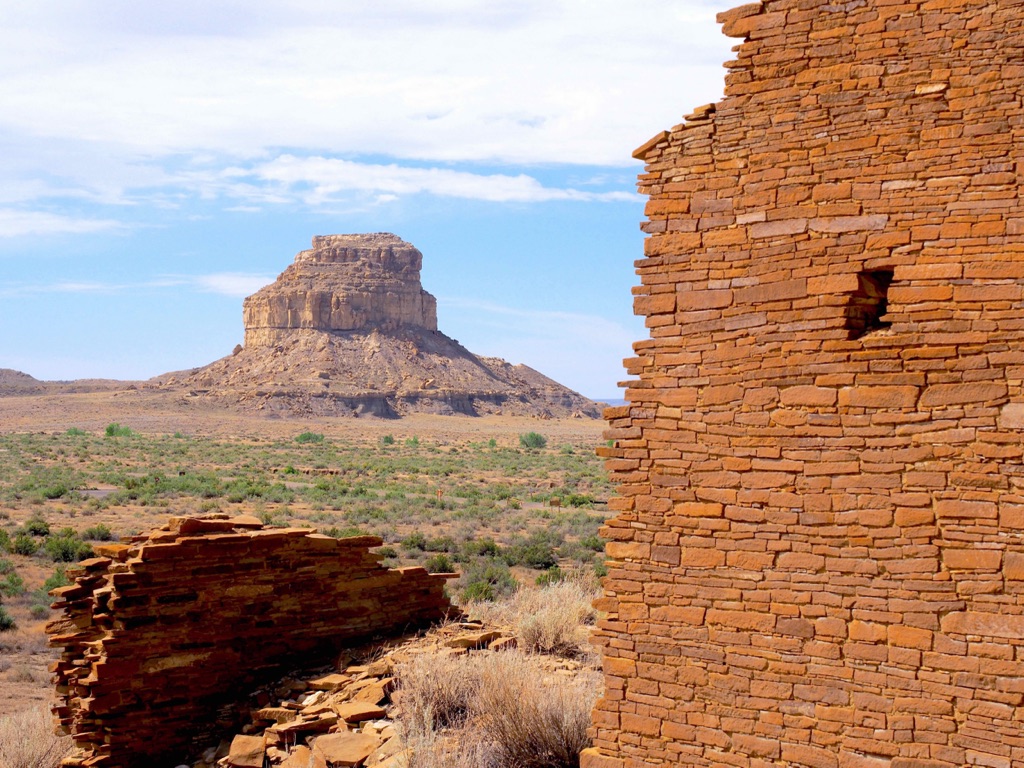
Cultural Significance, Dating methods, Theories and Interpretations
Cultural Significance of the Sun Dagger
The Fajada Butte Sun Dagger is not only an archaeological wonder but also a spiritual link to the past for many Puebloan descendants. This sacred site once served as a calendar for the ancestral Puebloans and likely played an essential role in their ceremonial practices. The precise light-and-shadow interactions suggest a deep connection between the natural world and the cultural identity of these ancient people. They integrated their knowledge of astronomy into their architecture, agriculture, and spirituality, a sophistication that continues to captivate scholars and modern observers.
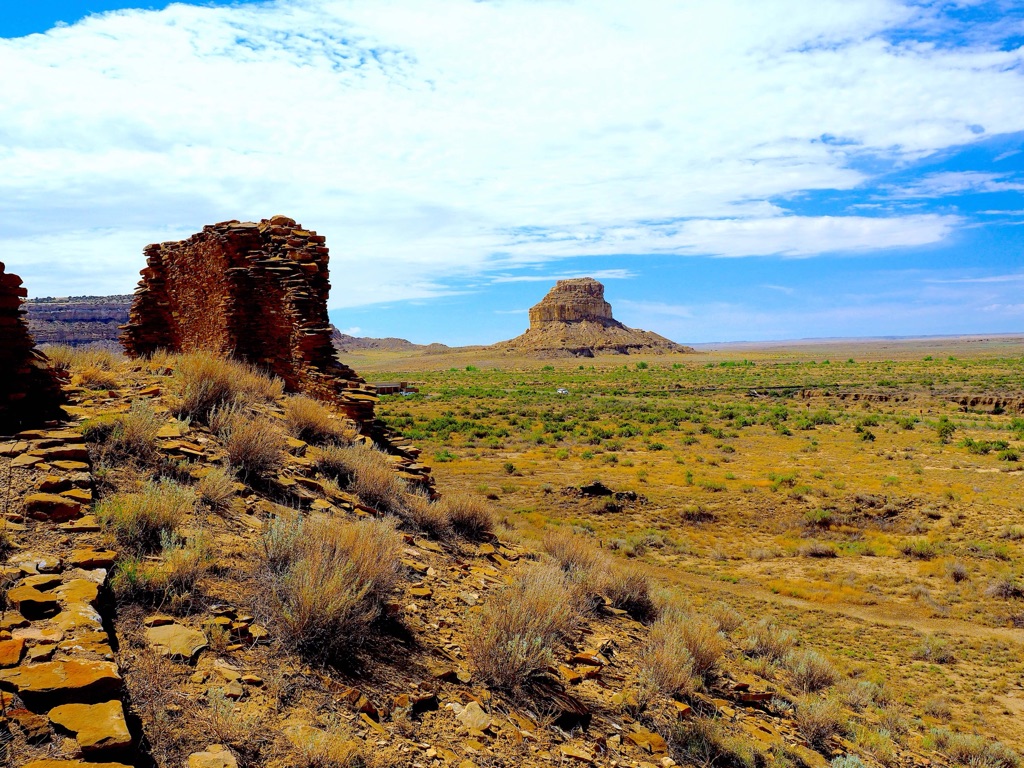
Dating Methods Used at Fajada Butte
Determining the age of the carvings and the light markings at Fajada Butte required the use of both direct and indirect dating methods. Archaeologists have employed dendrochronology, which studies the tree rings found in wooden artifacts unearthed in the surrounding area. This method provides a precise date for the timber, which is then used to infer the timeline of
the Sun Dagger’s usage. Additionally, radiocarbon dating has been used on organic material found at the site. This has helped to confirm the timeline suggested by dendrochronology. Together, these dating methods provide a window into the distant past, allowing researchers to build a more accurate historical narrative.
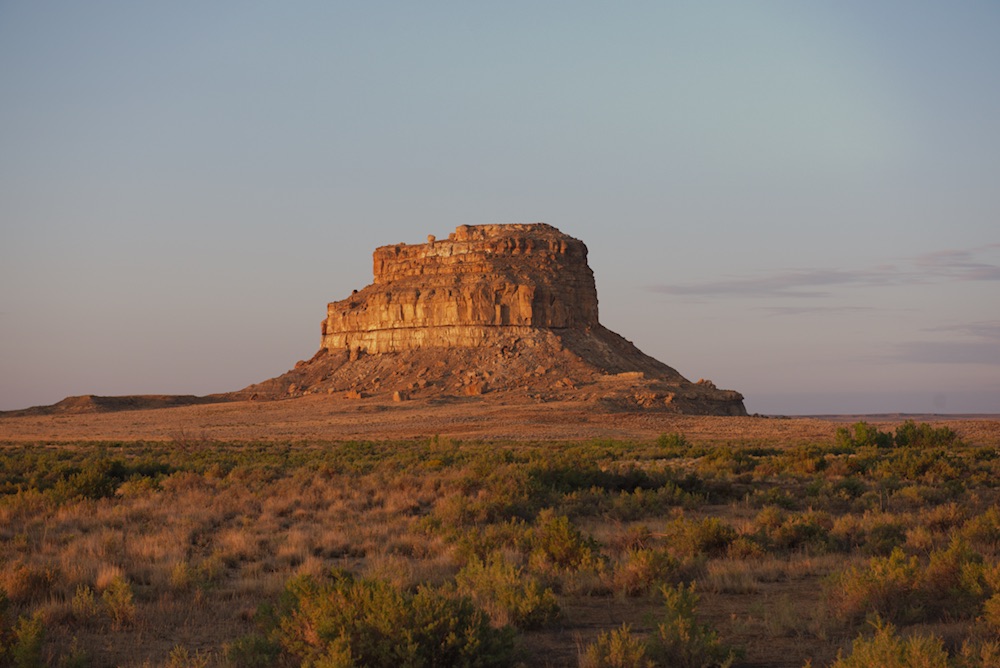
Theories and Interpretations of Sun Dagger Alignment
Various theories have emerged to interpret the Sun Dagger’s purpose. Some suggest that the spirals represent specific celestial bodies, with the cast light aligning on vital agricultural dates. Others postulate that the markings were part of a broader ritualistic practice, aligning with solar and lunar cycles. These interpretations point to the ancestral Puebloan culture’s deep astronomical knowledge and its integration into every aspect of their lives.
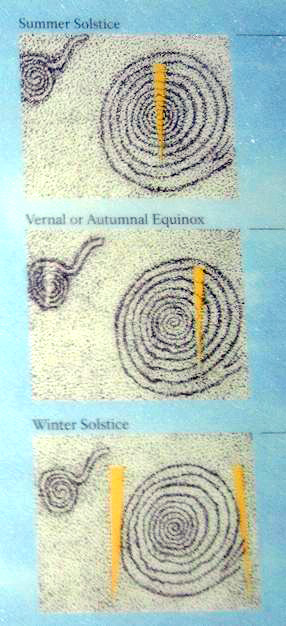
Though extensive research has been conducted, some aspects of the Sun Dagger remain a mystery. This is partly due to the fragile nature of the site, which has limited invasive methods of study. The duality of the butte’s functional and ceremonial roles raises challenging questions. Researchers continue to explore the extent to which ancient peoples observed and celebrated celestial events.
Despite this, the butte’s carved markings make it clear that celestial events held paramount importance. Theories continue to evolve as new discoveries are made. The site remains a profound token of the scientific and spiritual acumen of the ancestors of today’s Pueblo peoples. It also shows their ability to craft instruments of timekeeping with natural elements available to them.
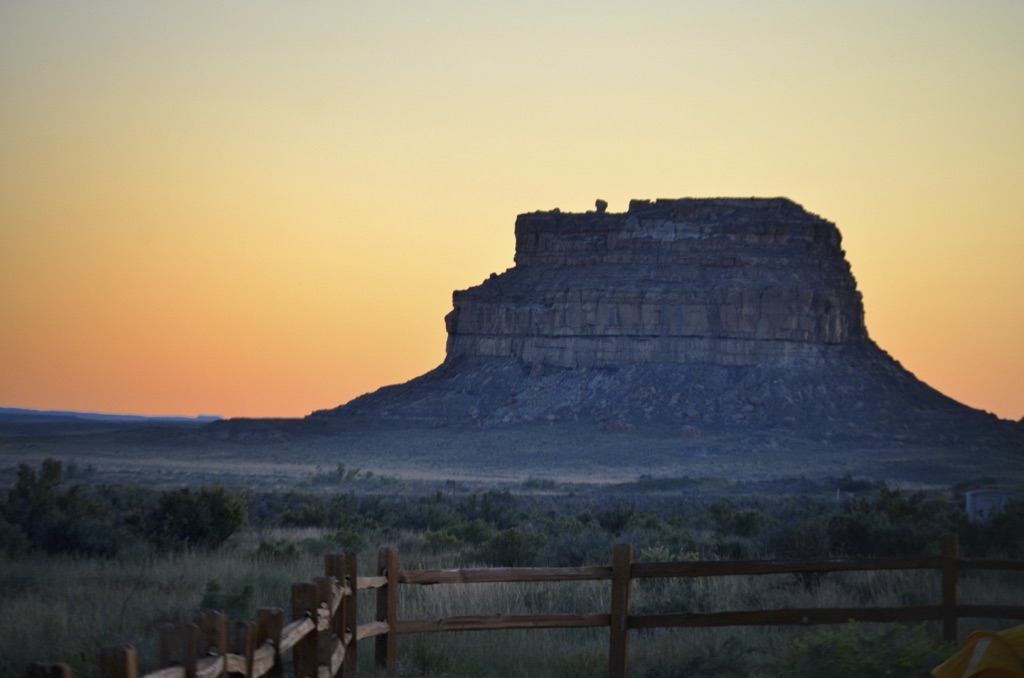
Conclusion and Sources
In conclusion, the Fajada Butte Sun Dagger stands as a testament to the astronomical prowess and spiritual depth of the ancestral Puebloan culture. As an ancient ceremonial site and a sophisticated, natural calendar, it symbolizes the union of practicality and reverence in a culture deeply connected to cosmic rhythms. Despite challenges in fully unlocking its secrets, the Sun Dagger continues to be a vital link to understanding the past and a reminder of humanity’s enduring quest to make sense of the universe.
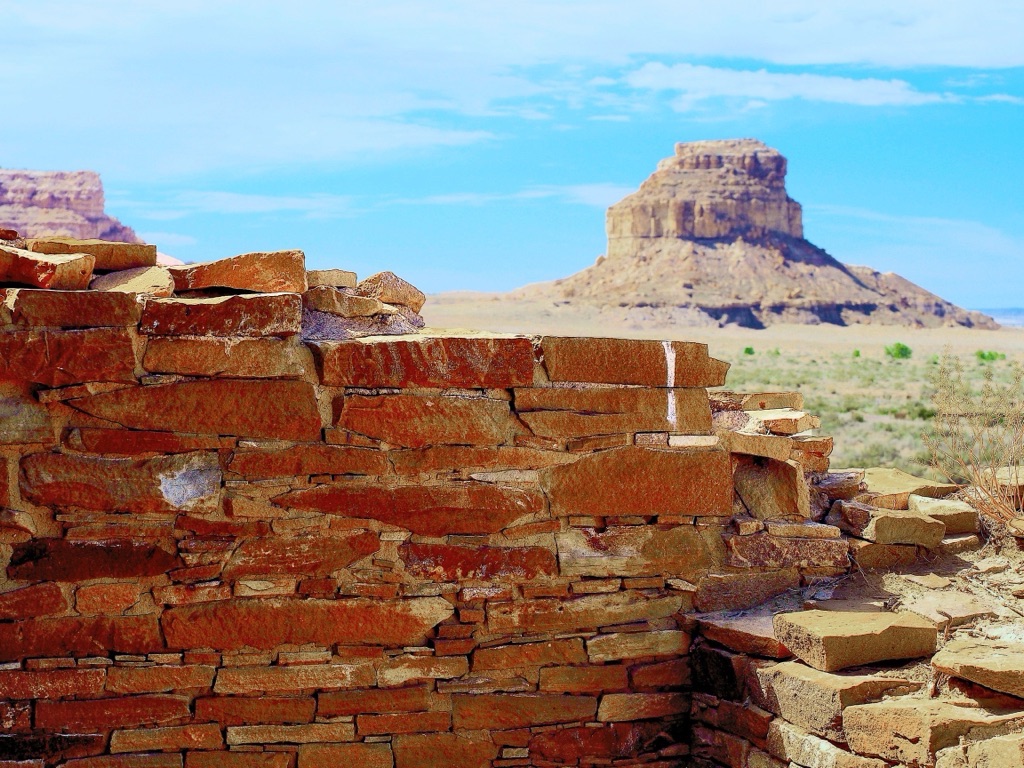
For further reading and to validate the information presented in this article, the following sources are recommended:
Or you can check any of these reputable archaeological and historical texts:
Fred M. Blackburn & Ray A. Williamson, “Coyote’s Canyon: The Archaeology and Astronomy of the Chacoan People,” University of Utah Press (1987)
Rolf M. Sinclair, “The Sun Dagger,” in Exploring the Connection between Archaeology and Astronomy, Sunstone Press (1991)
Anna Sofaer, “The Sun Dagger’s Secrets: Solar Markings at Fajada Butte, Astronomy of Chaco Canyon, New Mexico,” Solstice Project (1983), DOI: 10.1086/CHACANYM

